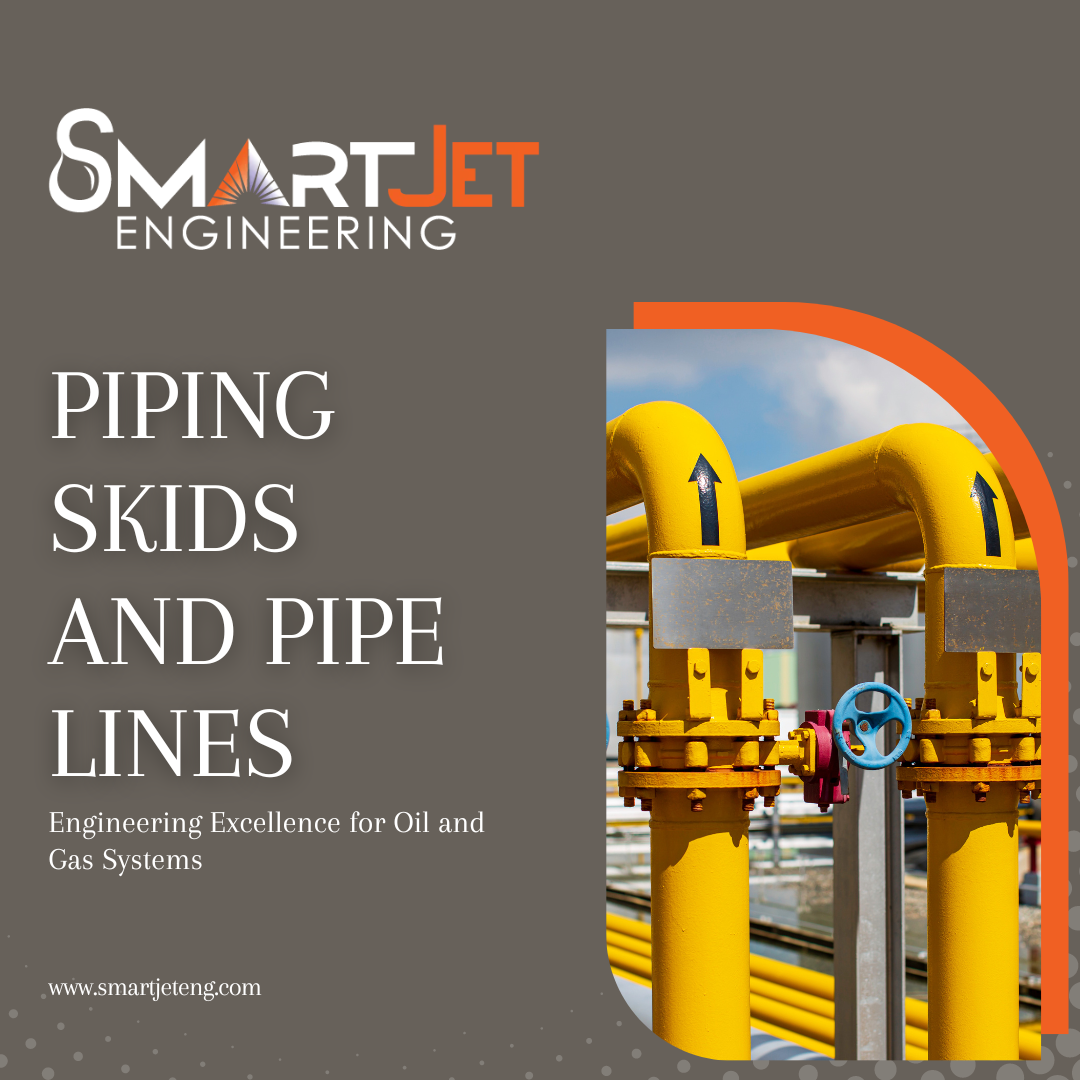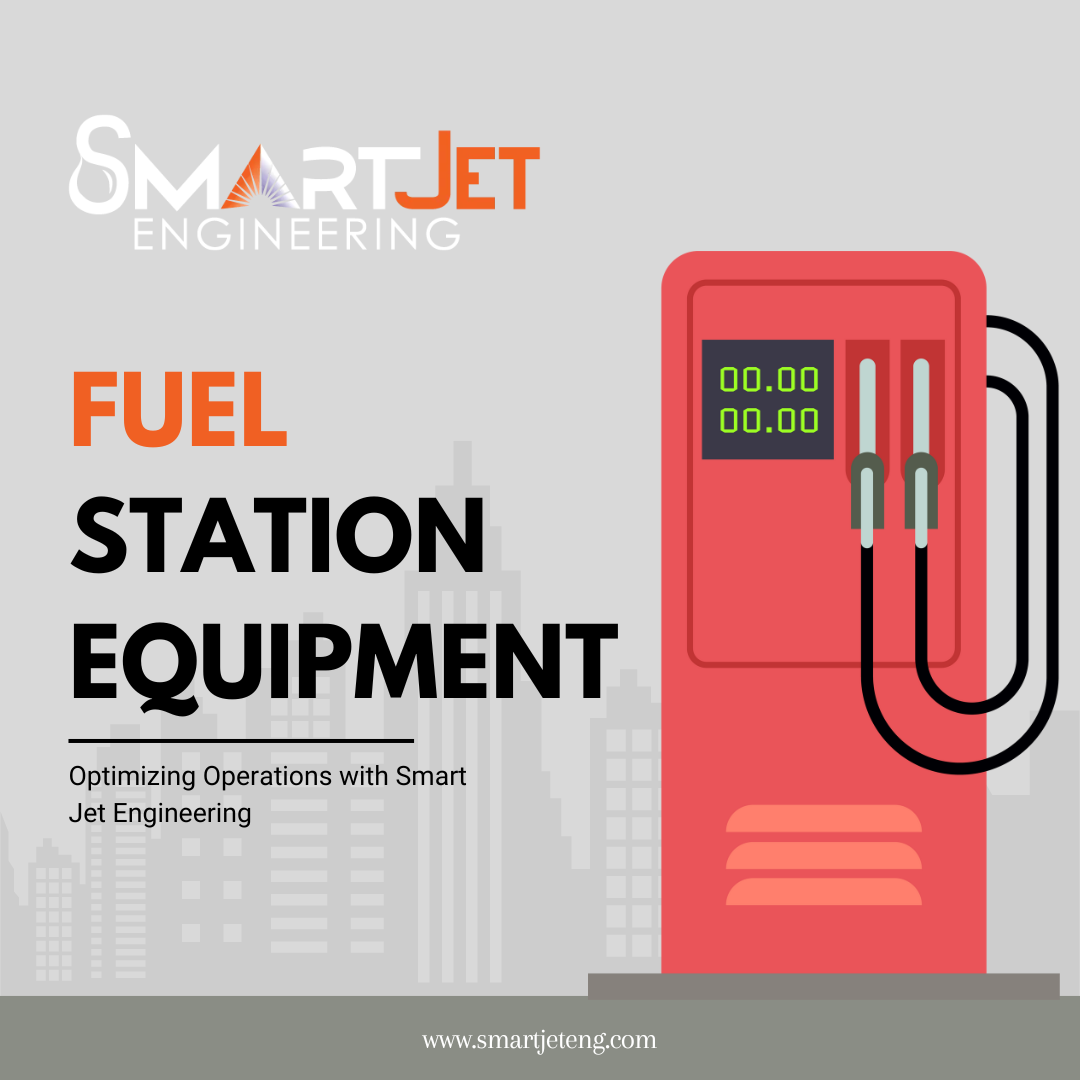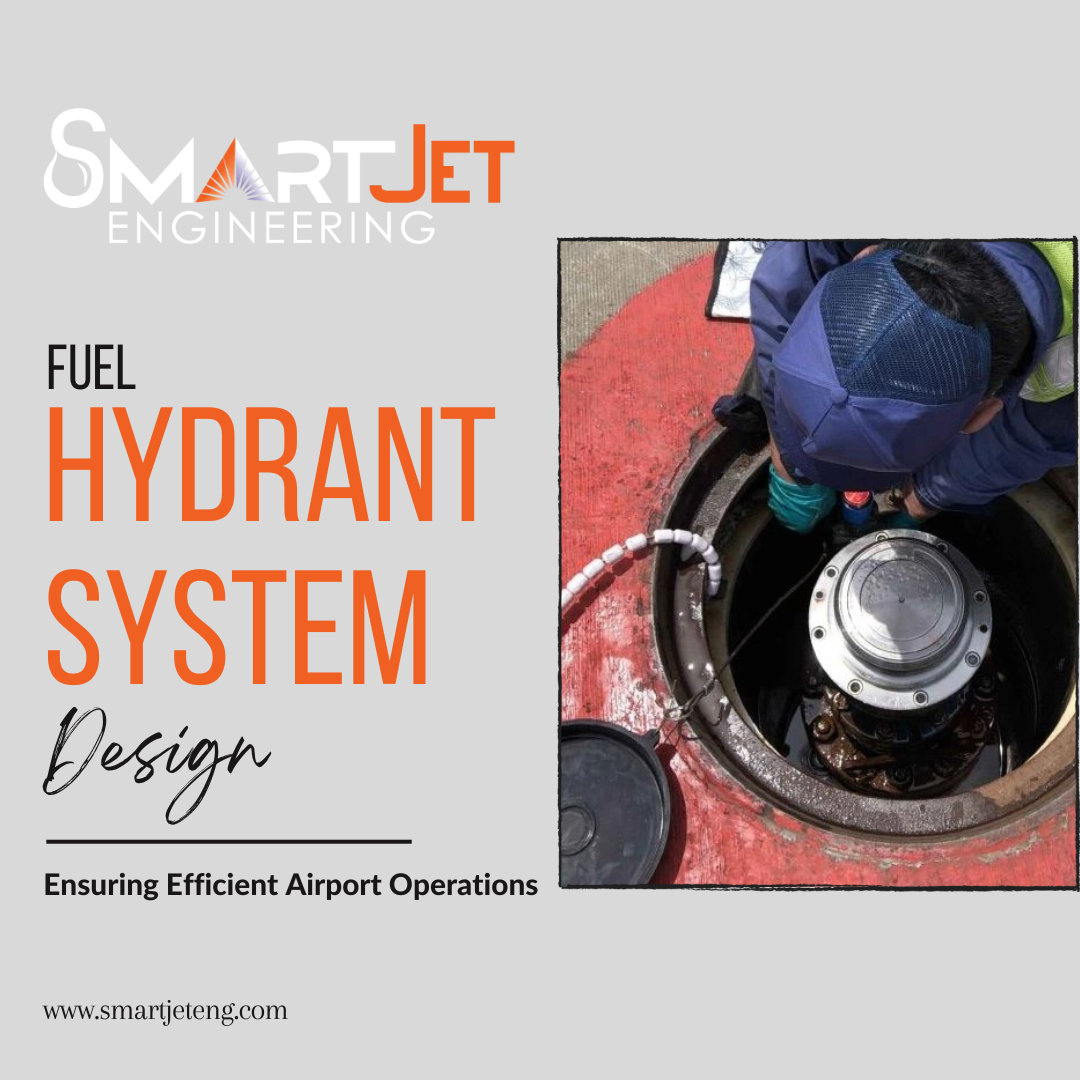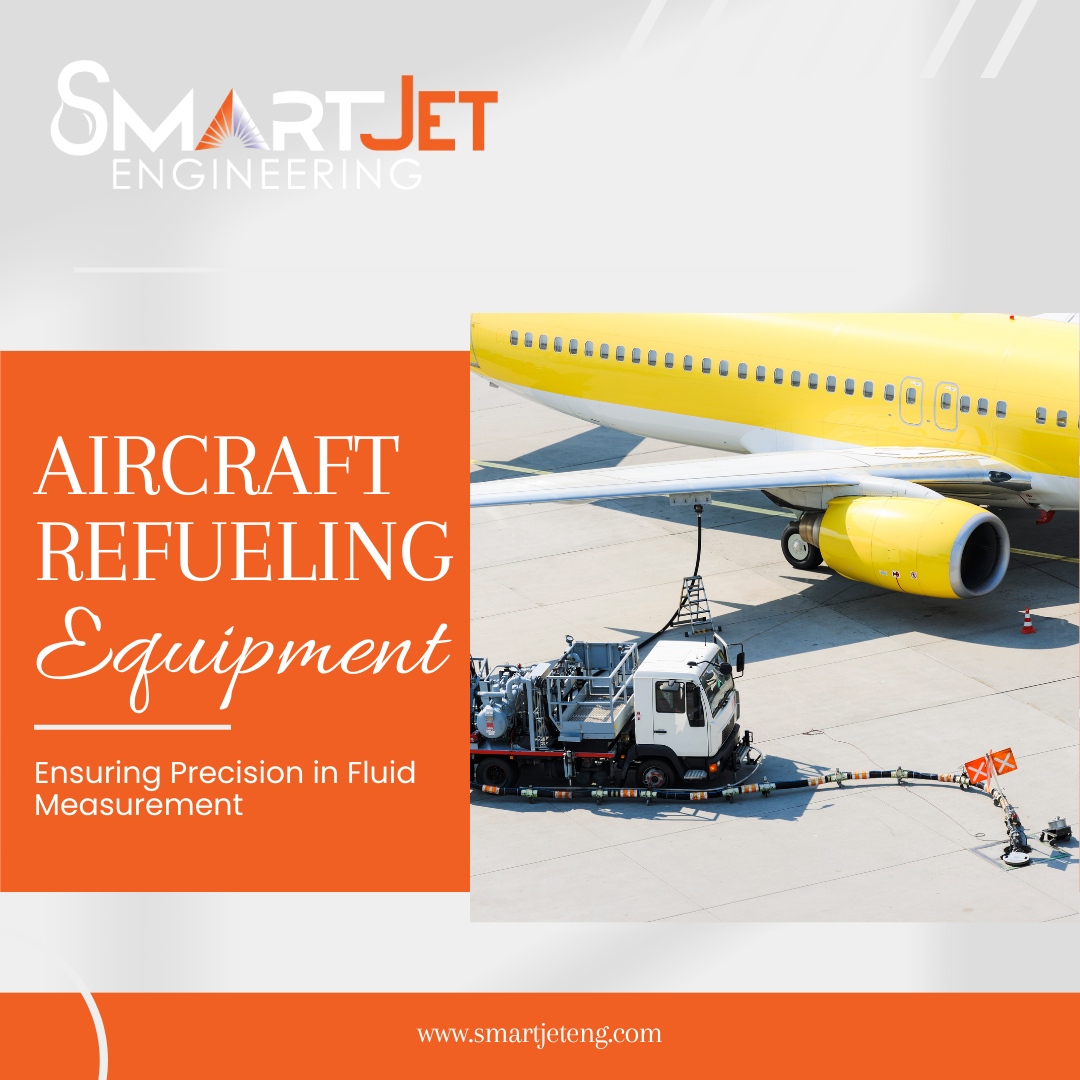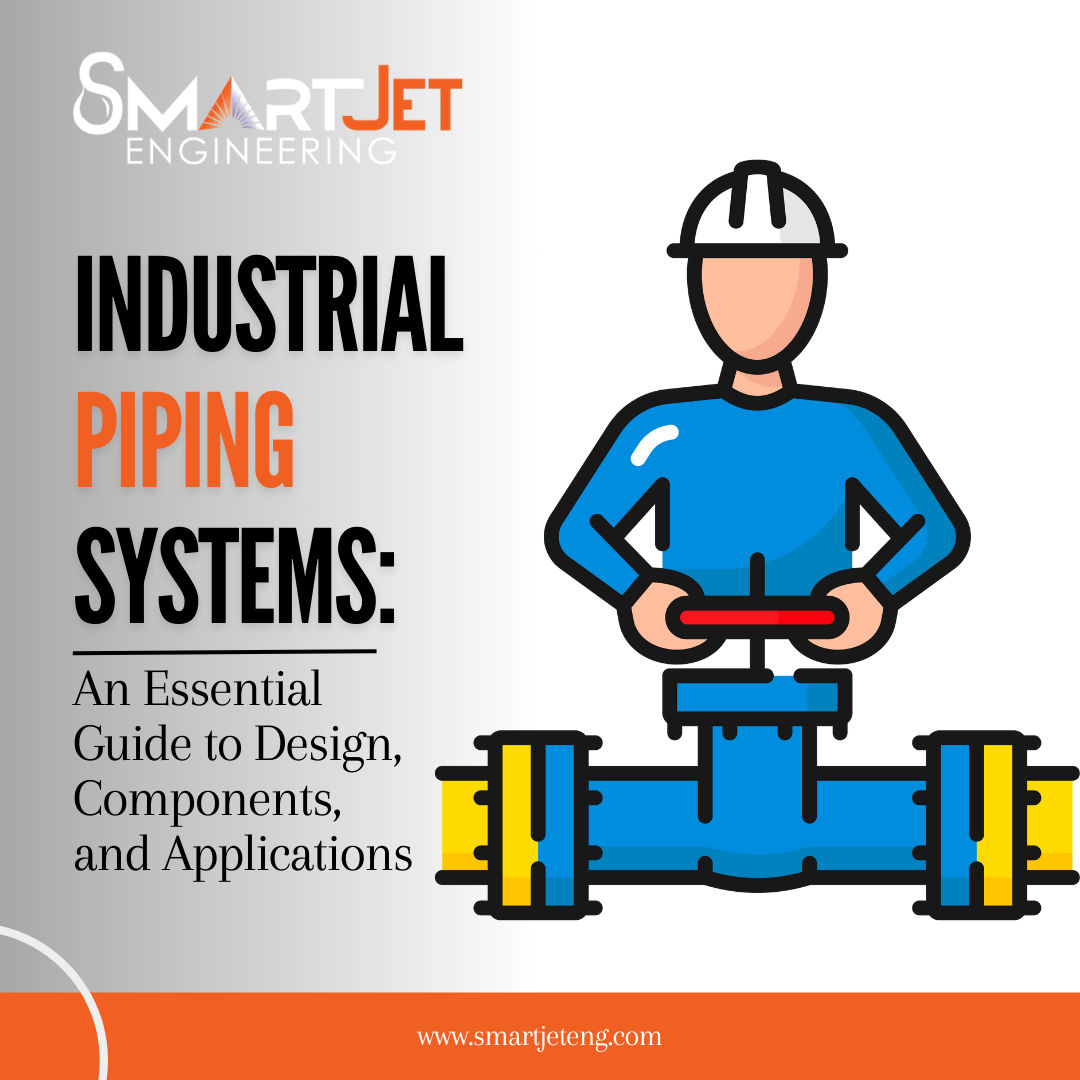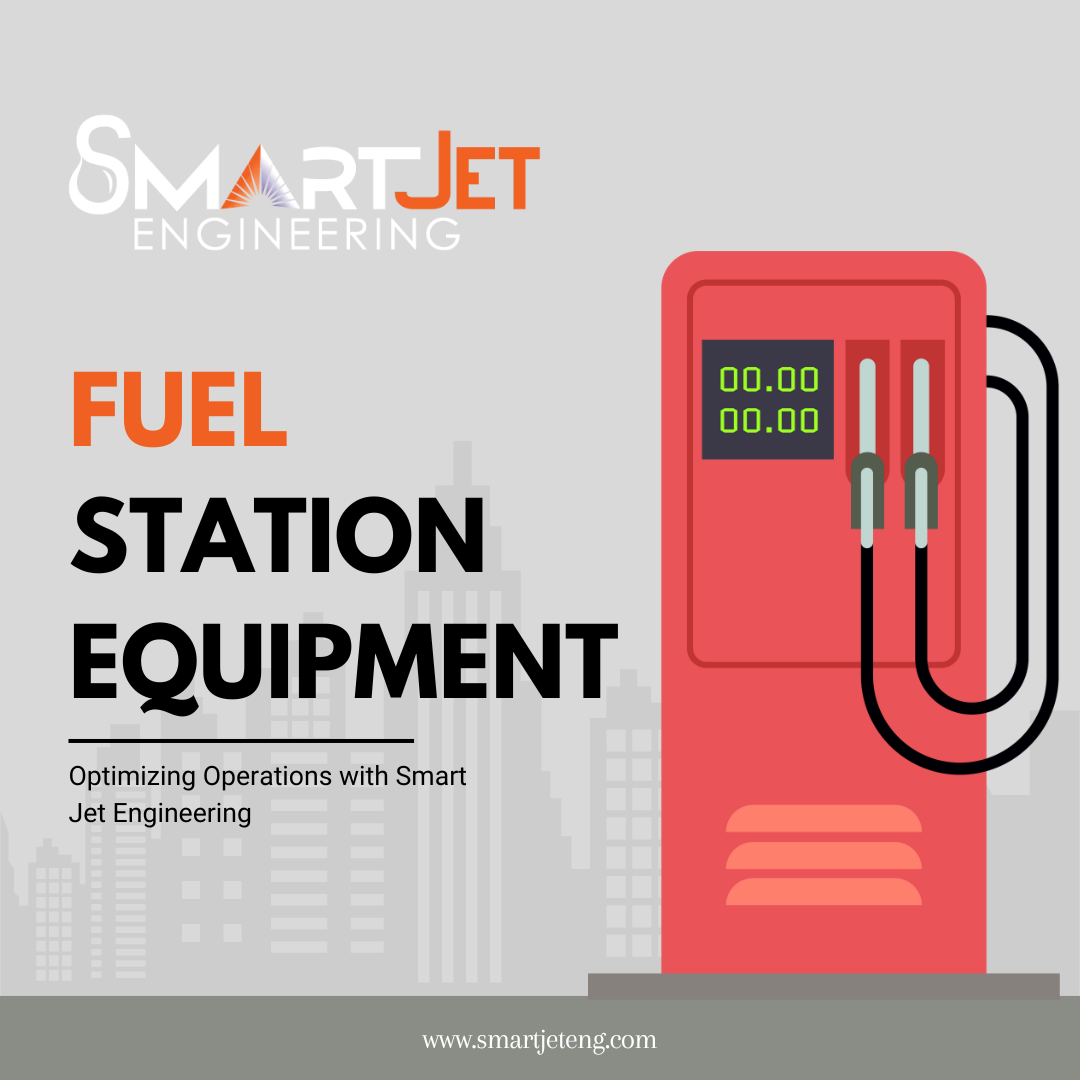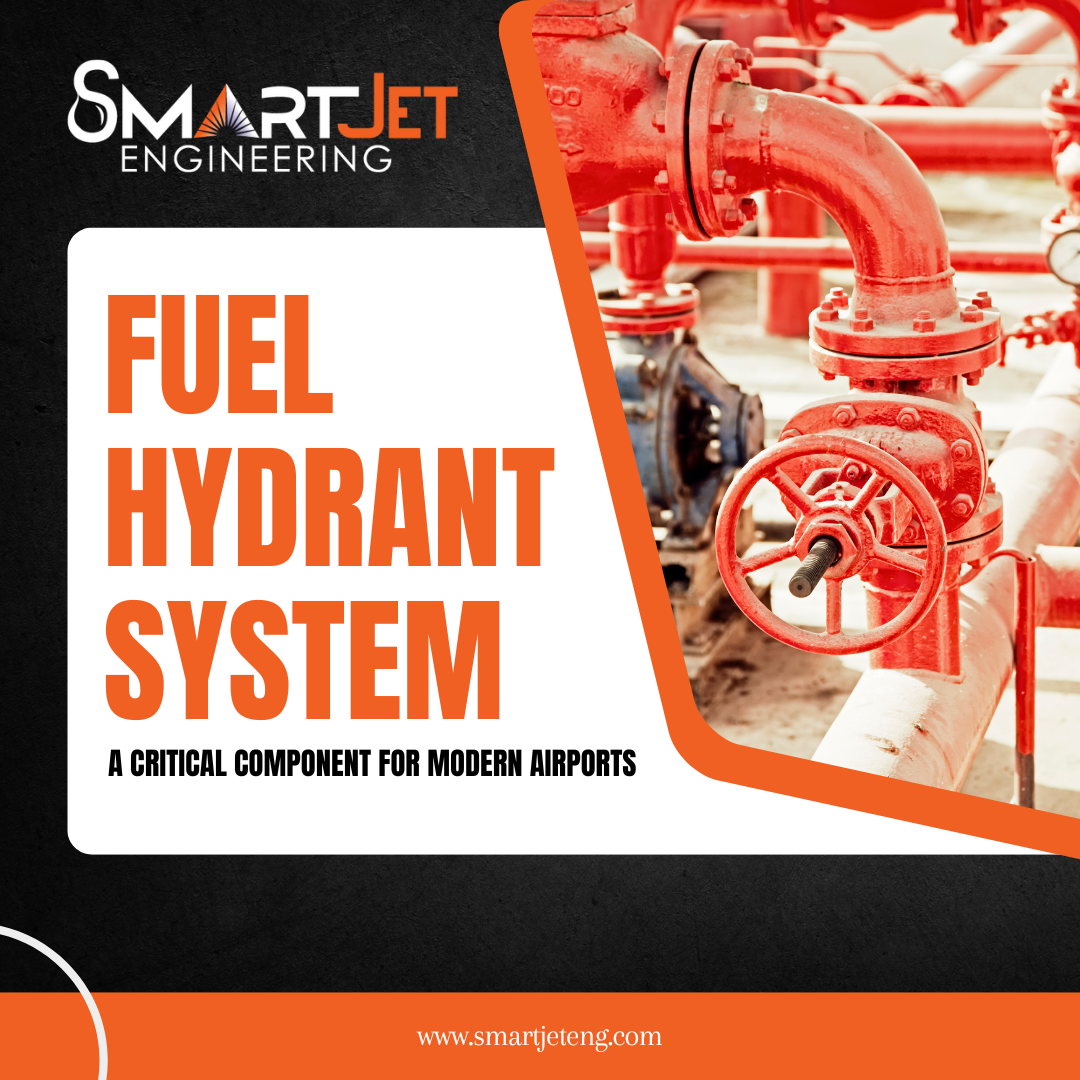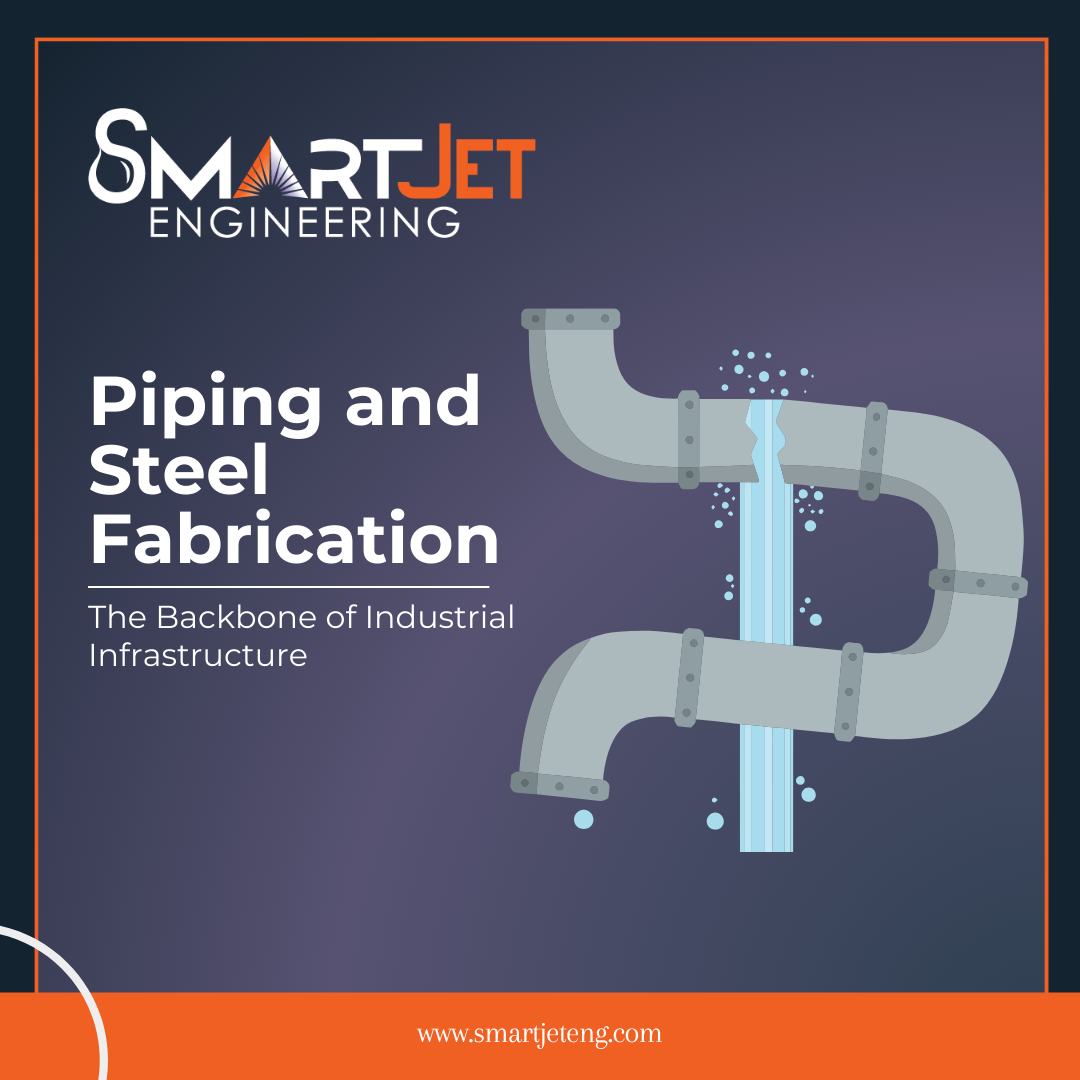Piping Engineering
By - Admin

Piping Engineering: A Comprehensive Guide to Understanding the Backbone of Industrial Systems
Introduction
Piping engineering is more than just a field of study; it's the backbone of many industrial systems. Whether it's in oil and gas, chemical plants, or power generation, piping systems play a crucial role in ensuring that fluids and gases are transported efficiently and safely. But what exactly is piping engineering, and why is it so important?
Piping engineering involves the design, analysis, installation, and maintenance of piping systems used to transport liquids, gases, and sometimes even solids. This discipline combines knowledge of mechanical engineering, fluid dynamics, material science, and structural analysis. It's essential in industries such as petrochemical, pharmaceutical, food processing, and water treatment, among others.
History of Piping Engineering
The history of piping engineering dates back thousands of years, with early civilizations using clay and lead pipes for water transportation. As technology advanced, so did the materials and methods used in piping systems. From wooden pipes in medieval Europe to the modern-day use of high-grade steel and plastics, the evolution of piping engineering has been pivotal in supporting industrial growth.
Key milestones in piping engineering include the development of cast iron pipes in the 17th century, the advent of welded steel pipes in the 19th century, and the introduction of plastic pipes in the 20th century. These innovations have significantly improved the efficiency and safety of piping systems.
Fundamentals of Piping Engineering
To understand piping engineering, it's essential to grasp some basic concepts and terminologies. Piping systems consist of a network of pipes, fittings, valves, and other components designed to transport fluids from one location to another. The design of these systems must account for factors such as fluid pressure, temperature, flow rate, and the properties of the transported medium.
Key components of a piping system include pipes, which form the main pathway for fluid flow; fittings, which connect different sections of the pipe; valves, which control the flow of fluids; and flanges, which allow pipes to be connected or disconnected easily.
Types of Piping Materials
The choice of piping material is crucial in ensuring the system's safety, efficiency, and longevity. Different materials offer varying degrees of strength, corrosion resistance, and cost-effectiveness.
- Metal Pipes: Steel, copper, and aluminum are commonly used for their strength and durability. Steel pipes, especially stainless steel, are widely used in industries where high pressure and temperature are involved.
- Non-Metal Pipes: PVC, HDPE, and composite materials are popular in applications where corrosion resistance and flexibility are needed. These materials are lightweight, easy to install, and often more cost-effective than metal pipes.
Design Principles in Piping Engineering
Designing a piping system is a complex task that involves careful planning and analysis. Key design principles include stress analysis, which ensures that pipes can withstand internal pressures and external forces, and fluid dynamics, which optimizes flow rates and minimizes energy loss.
Pipe Sizing and Layout Planning are crucial aspects of design. Proper pipe sizing ensures that the system can handle the required flow rates without excessive pressure drops. Layout planning involves determining the optimal path for pipes to minimize bends, fittings, and overall length, which helps reduce costs and improve efficiency.
Piping Codes and Standards
Compliance with industry standards is essential in piping engineering. Standards such as ASME (American Society of Mechanical Engineers), ASTM (American Society for Testing and Materials), and API (American Petroleum Institute) provide guidelines for material selection, design, fabrication, and testing.
These standards help ensure that piping systems are safe, reliable, and fit for their intended purpose. Failure to comply with these standards can lead to serious safety hazards, operational inefficiencies, and legal liabilities.
Piping System Components
A piping system is more than just pipes; it includes various components that work together to control and direct the flow of fluids.
- Valves regulate flow and pressure within the system.
- Fittings such as elbows, tees, and reducers allow pipes to change direction or connect to other equipment.
- Flanges enable sections of pipe to be joined or separated for maintenance.
Pipe Stress Analysis
Pipe stress analysis is a critical aspect of piping design. It involves evaluating the stresses and strains that pipes will experience under different operating conditions. This analysis helps identify potential issues such as excessive vibration, thermal expansion, or structural failure.
Software tools like CAESAR II are commonly used for stress analysis, allowing engineers to simulate various scenarios and make informed decisions about the design and layout of piping systems.
Installation and Fabrication Techniques
The installation and fabrication of piping systems require precision and expertise. Welding is the most common method of joining pipes, but other techniques like threading, brazing, and mechanical joints are also used depending on the material and application.
Prefabrication and Modular Construction have become increasingly popular as they allow sections of piping systems to be built off-site and then assembled on-site. This approach reduces installation time, minimizes errors, and improves overall quality.
Piping Insulation and Coatings
Insulation plays a vital role in piping systems, particularly in managing temperature and preventing energy loss. Insulating materials like fiberglass, foam, and mineral wool help maintain the desired temperature within the pipes and protect against environmental conditions.
Coatings, on the other hand, provide protection against corrosion. Common coatings include epoxy, zinc, and polyethylene, which help extend the lifespan of the pipes and reduce maintenance costs.
Piping Engineering Software
Modern piping engineering relies heavily on software tools to streamline the design and analysis process. Programs like AutoCAD, PDMS (Plant Design Management System), and CAESAR II are widely used for creating detailed piping layouts, performing stress analysis, and ensuring compliance with industry standards.
The use of software not only enhances accuracy but also improves collaboration among engineering teams, allowing for more efficient project management.
Safety in Piping Engineering
Safety is paramount in piping engineering. Risk assessments, hazard analysis, and safety audits are integral parts of the design and installation process. Common safety practices include proper labeling of pipes, ensuring adequate support and anchoring, and regular inspection and maintenance.
Adhering to safety standards helps prevent accidents, reduces downtime, and ensures the smooth operation of industrial processes.
Challenges in Piping Engineering
Despite its critical role, piping engineering faces numerous challenges. Common issues include material degradation, corrosion, and mechanical failures. Engineers must also contend with complex regulatory requirements, tight project timelines, and budget constraints.
Solutions to these challenges include using advanced materials, implementing regular maintenance schedules, and adopting best practices in design and installation. Continuous learning and staying updated with technological advancements also play a crucial role in overcoming these obstacles.
Future of Piping Engineering
The future of piping engineering looks promising, with technological advancements driving innovation in the field. Automation, 3D printing, and the use of smart sensors for real-time monitoring are some of the trends shaping the industry's future.
Sustainability is also becoming a key focus, with engineers exploring eco-friendly materials and energy-efficient designs. As industries continue to evolve, piping engineering will remain at the forefront, adapting to new challenges and opportunities.
Conclusion
Piping engineering is a dynamic and essential discipline that underpins many industrial processes. From design to installation, every aspect of piping engineering requires careful planning, attention to detail, and a commitment to safety and compliance. As technology continues to advance, the field will undoubtedly evolve, offering new solutions and innovations to meet the growing demands of the industry.
FAQs
Q.1 What is the role of a piping engineer?
A piping engineer designs, analyzes, and oversees the installation and maintenance of piping systems, ensuring they are safe, efficient, and compliant with industry standards.
Q.2 What are the common materials used in piping systems?
Common materials include steel, copper, aluminum, PVC, and HDPE, each selected based on the application's pressure, temperature, and fluid characteristics.
Q.3 Why is pipe stress analysis important?
Pipe stress analysis helps identify potential issues like thermal expansion, vibration, and mechanical failure, ensuring the piping system's safety and reliability.
Q.4 How do piping standards impact design?
Piping standards ensure that systems are built to specific guidelines, enhancing safety, reliability, and compliance across different industries.
Q.5 What are the latest trends in piping engineering?
Recent trends include the use of automation, 3D printing, smart sensors, and sustainable materials, all aimed at improving efficiency and reducing environmental impact.
Search
Popular Posts

Fuel Management Systems: Smarter Control for Modern Fuel Operations
December 10, 2025

Pipe Support Engineering: Ensuring Strength, Stability, and Long-Term Reliability
December 10, 2025

Mobile Fuel Equipment: The Future of Safe and Efficient On-Site Refueling
December 10, 2025

Fuel Dispensing Systems: Reliable Solutions for Safe and Efficient Fuel Delivery
December 10, 2025

Tanker Refurbishment and Modification Services in UAE | Smart Jet Engineering
November 29, 2025






